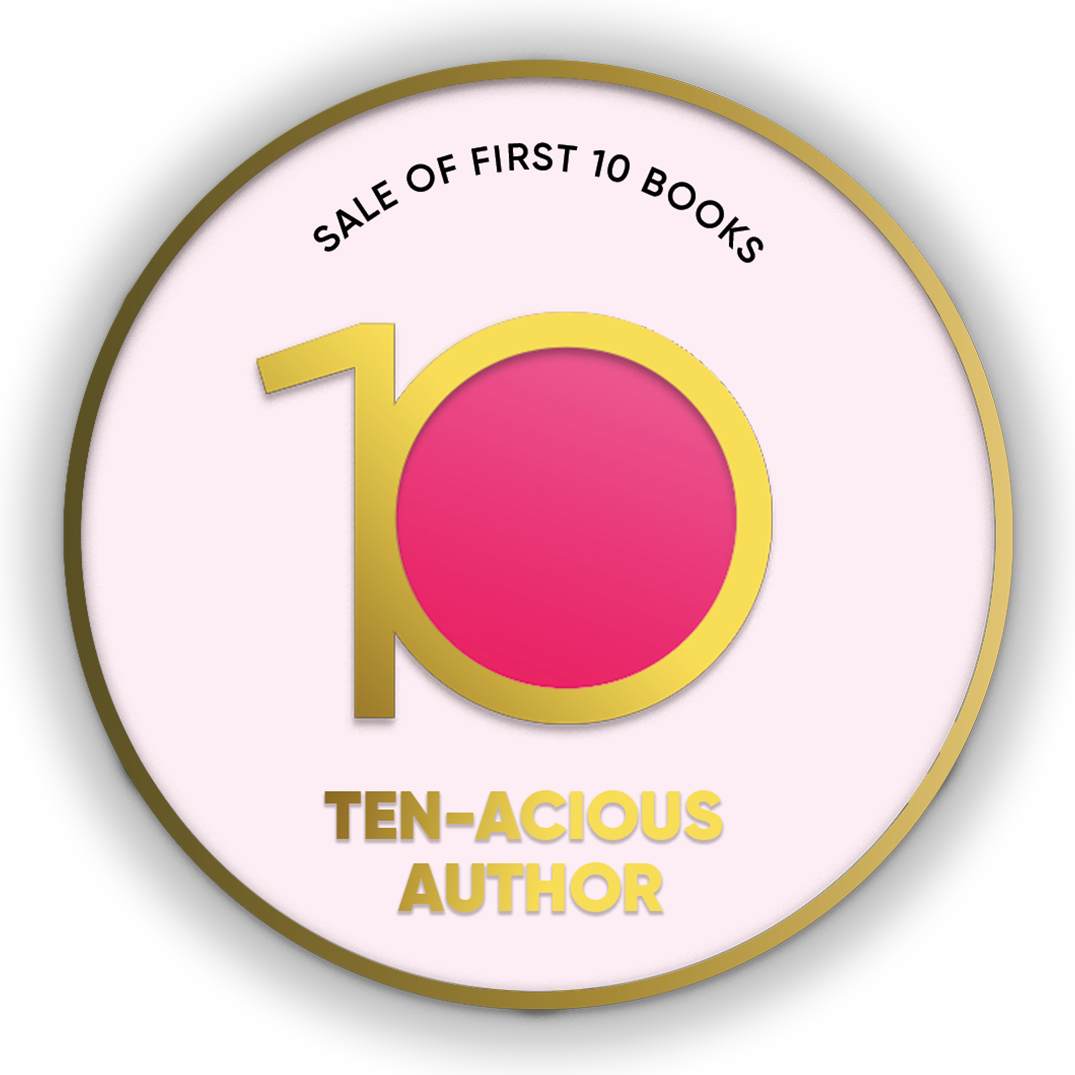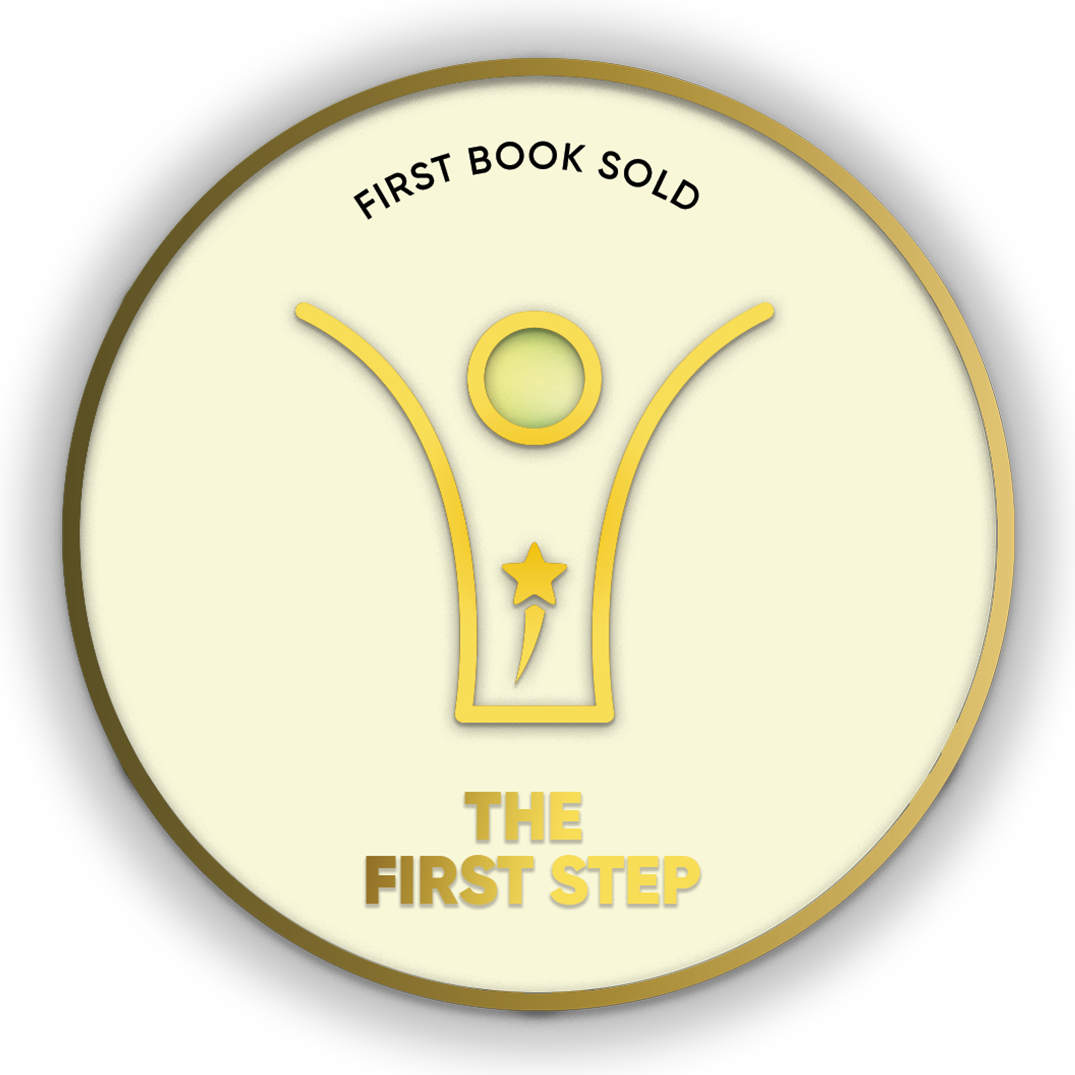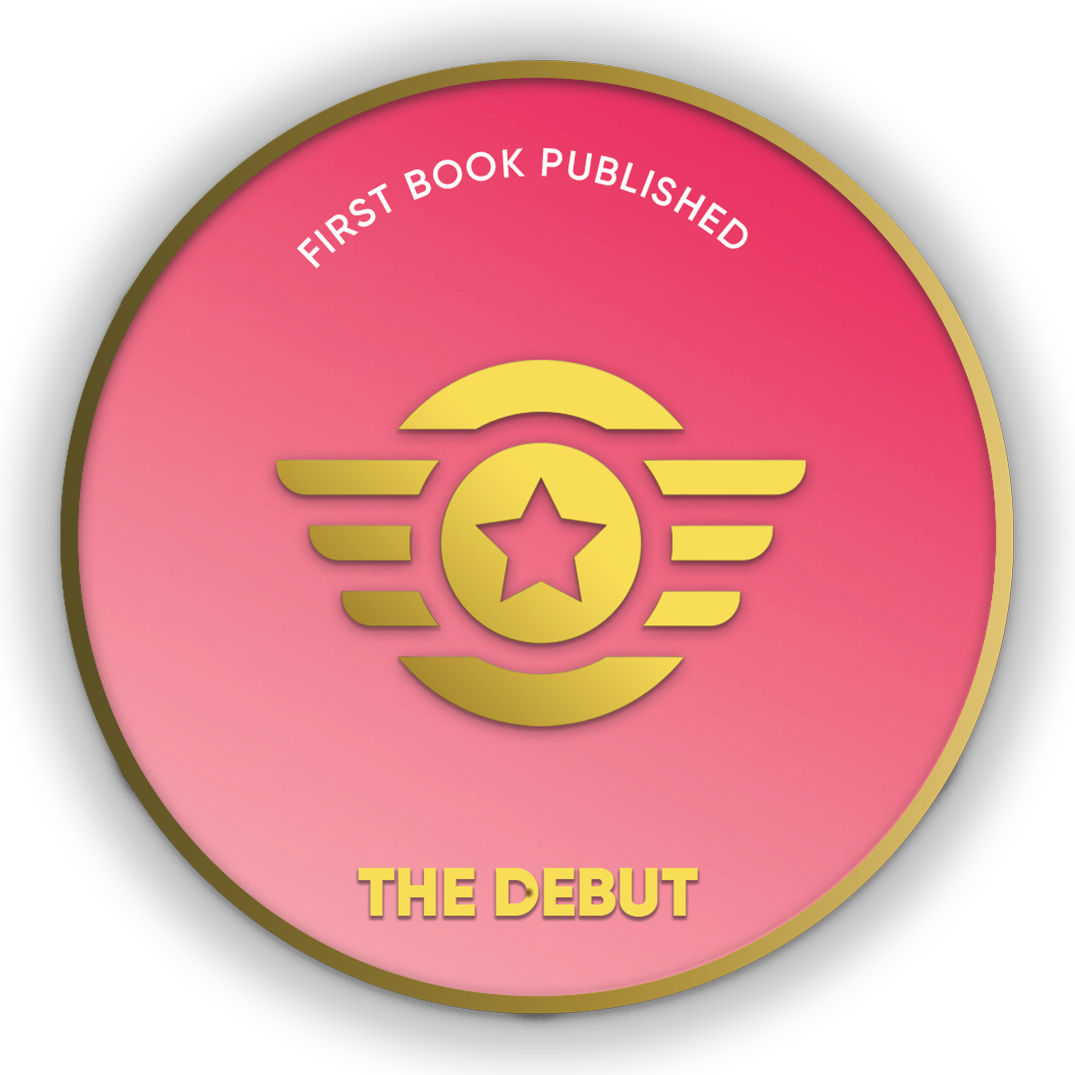
- Discover books
- For Writers
-
For Writers
-
Indie Author Championship
-
Challenges
Writing Contests
- Get Started

"It was a wonderful experience interacting with you and appreciate the way you have planned and executed the whole publication process within the agreed timelines.”
Subrat SaurabhAuthor of Kuch Woh Pal -
Crop your profile image

Meraki
Books by Dr Ishrat Jahan
The central idea of these poetic verses revolves around the themes of love, hope, resilience, and compassion. It explores the beauty of birth, the serenity of nature, the power of apologies and forgiveness, the significance of love in a marriage, the compassion we owe to the less fortunate, and the strength that can be found in even the most challenging circumstances. The poems celebrate the human spirit's ability to overcome hardships, find beauty in life, an
The central idea of these poetic verses revolves around the themes of love, hope, resilience, and compassion. It explores the beauty of birth, the serenity of nature, the power of apologies and forgiveness, the significance of love in a marriage, the compassion we owe to the less fortunate, and the strength that can be found in even the most challenging circumstances. The poems celebrate the human spirit's ability to overcome hardships, find beauty in life, and create connections that transcend time and space.
Orality and Performance: A Study of the Revival of Dastangoi
Books by Dr Ishrat Jahan
The book “Orality and Performance: A Study of the Revival of Dastangoi” explores the recent revival of the dastangoi, a form of oral storytelling in Urdu. This form was historically prevalent in Persian and later became an Urdu cultural form in the Indian context revealed that the dastangoi underwent numerous transformations in terms of medium, form and content from the 16th, 19th, 20th and 21st centuries. The use of illustrations to accompany the
The book “Orality and Performance: A Study of the Revival of Dastangoi” explores the recent revival of the dastangoi, a form of oral storytelling in Urdu. This form was historically prevalent in Persian and later became an Urdu cultural form in the Indian context revealed that the dastangoi underwent numerous transformations in terms of medium, form and content from the 16th, 19th, 20th and 21st centuries. The use of illustrations to accompany the narrations appeared and disappeared over the ages, only to have returned in the form of graphic fiction recently.

Are you sure you want to close this?
You might lose all unsaved changes.
Select from one of our global stores to continue
 India
India
 Malaysia
Malaysia
 Singapore
Singapore
 UAE
UAE
Warning Message
The items in your Cart will be deleted, click ok to proceed.










